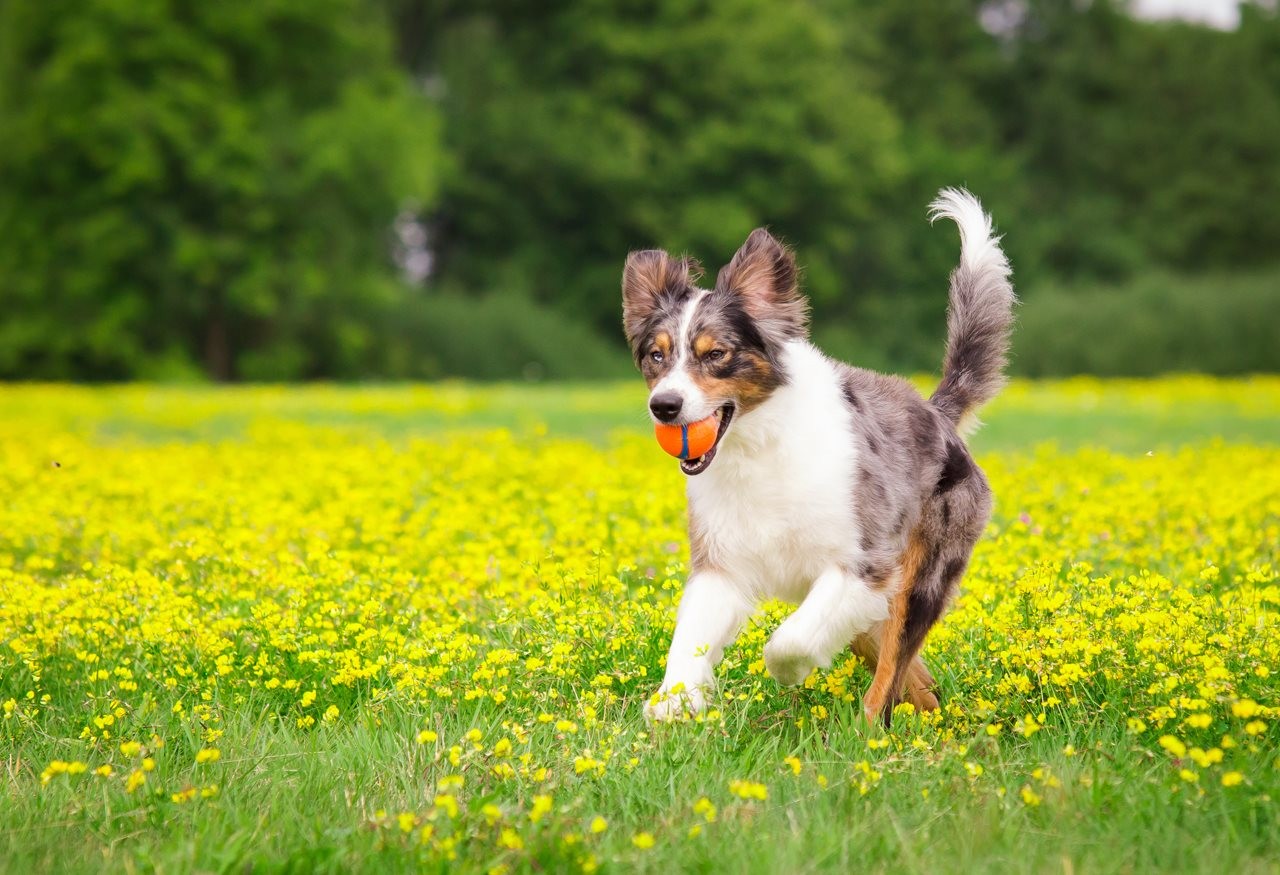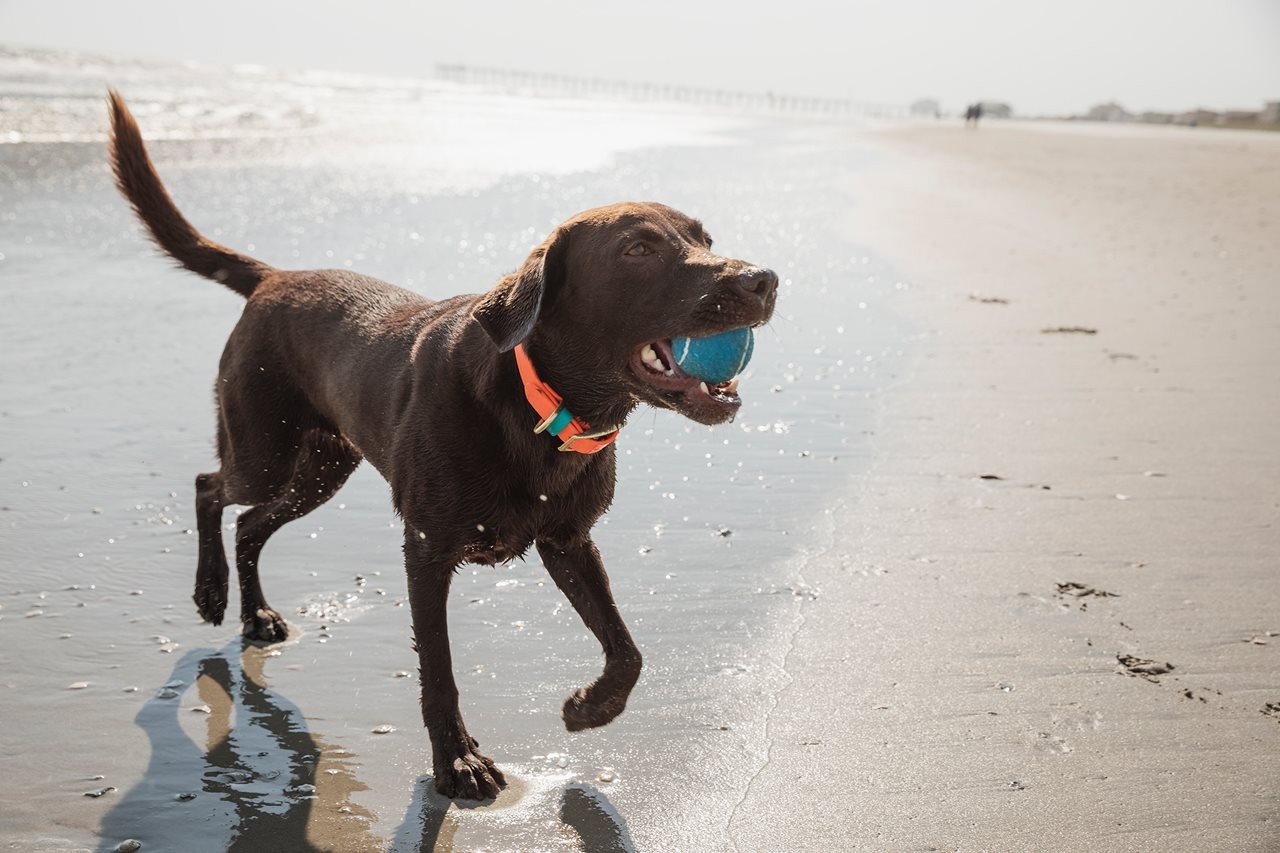(BPT) – Dogs and leash walking go hand in hand, pun intended. Most people feel their dog’s pull of excitement about what’s ahead. But some dogs lag behind and even stop walking altogether. If you feel like you’re dragging your dog, don’t assume she’s stubborn or lazy. Instead, it could be her way of telling you she’s in pain. These insights from the veterinarians at American Regent Animal Health, maker of Adequan® Canine (polysulfated glycosaminoglycan), will help you understand the subtle health messages your dog may be sending.
1. Healthy joints mean active dogs

Healthy joints allow dogs to sit for a treat, run for a ball and, yes, go on walks. The complex structure of joints is amazing and protecting them is a great way to keep your dog happy.
2. Osteoarthritis can slow dogs down

Unfortunately, estimates show one in five dogs suffers from canine osteoarthritis (also known as arthritis). This degenerative disease develops when joint cartilage, tissues and fluids break down. As osteoarthritis (OA) gets worse over time, it can cause bone-on-bone contact in the joint and an uncomfortable life for your dog.
3. Young, old, large or small: Any dog can suffer from painful OA

While arthritis in people often comes with age, most cases of OA in dogs begin in the first four to six months of life. Any size of dog can develop OA, but overweight dogs and large-breed dogs including Golden retrievers, Labrador retrievers and German shepherds are more at risk for OA.
4. Watch for the early warning signs of OA

Luckily, your dog gives clues if he’s developing OA. He might struggle to get comfortable and frequently change positions, shift his weight from side to side or front to back when standing, act more anxious, hesitate to climb stairs and show less interest in playing or – you guessed it – in taking walks.
5. Help protect your dog’s joints

Good news: Canine OA is a manageable disease, especially if it’s diagnosed early. Managing OA early may help slow its effects and help keep your dog’s cartilage healthy. Talk to your veterinarian about whether Adequan Canine is right for your dog. Caution: Federal law restricts this drug to use by or on the order of a licensed veterinarian. For safety information and to learn more, visit adequancanine.com.
6. That leash is made for walking

In addition to treating OA early, walking helps joints function and feel better. Dogs with OA actually get worse if they don’t move enough, because their joints get stiff. Lack of exercise can lead to increased weight, which puts pressure on sore joints. So, grab that leash and remember that a walk a day helps keep OA away.
Next time you take a stroll with your dog, pay attention to how – and where – your dog walks. If you suspect your dog might be suffering from canine OA, schedule an appointment with your veterinarian. Work together to manage OA before it’s too late, so you and your dog can walk together for years to come.

